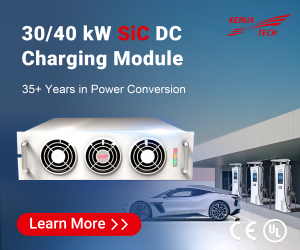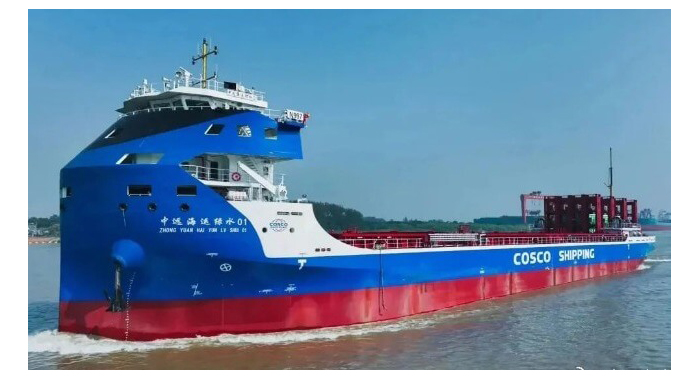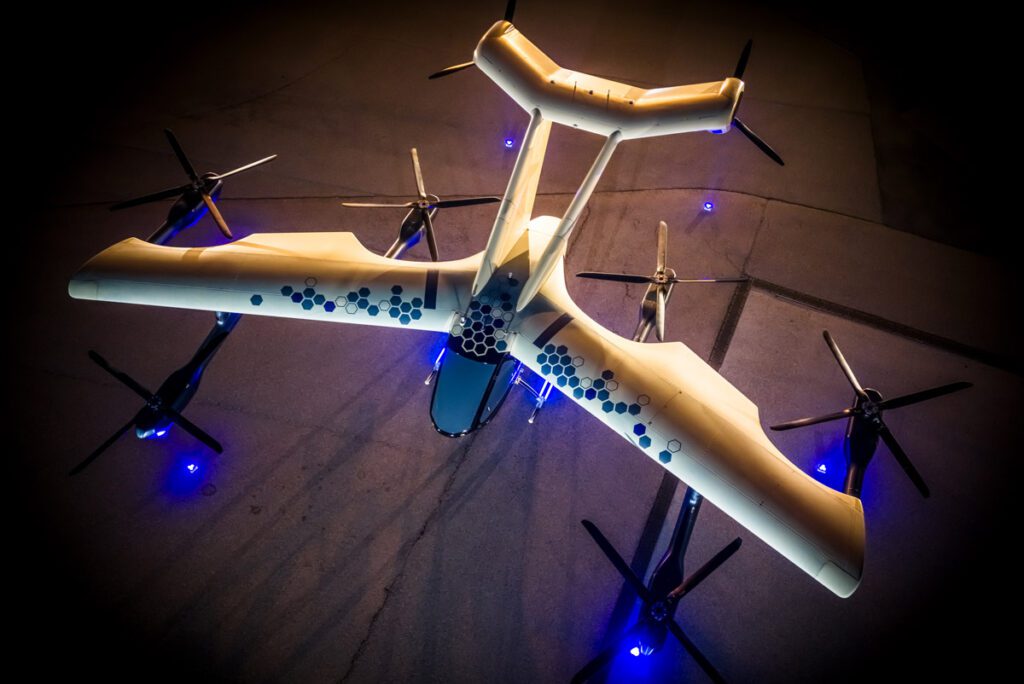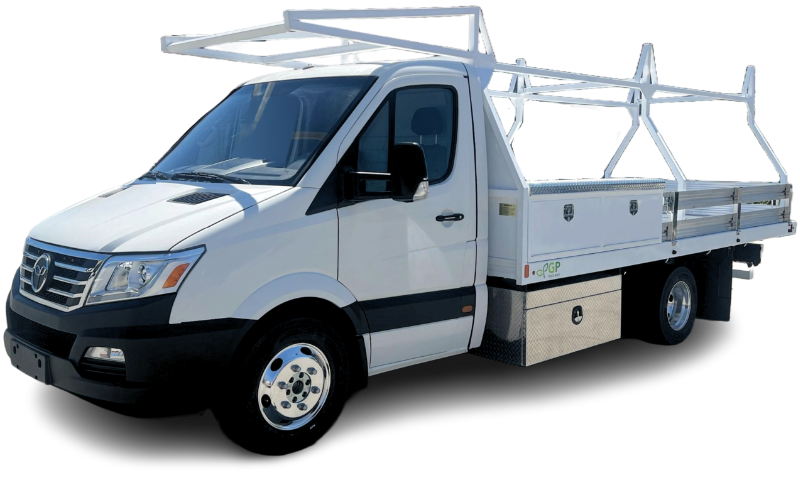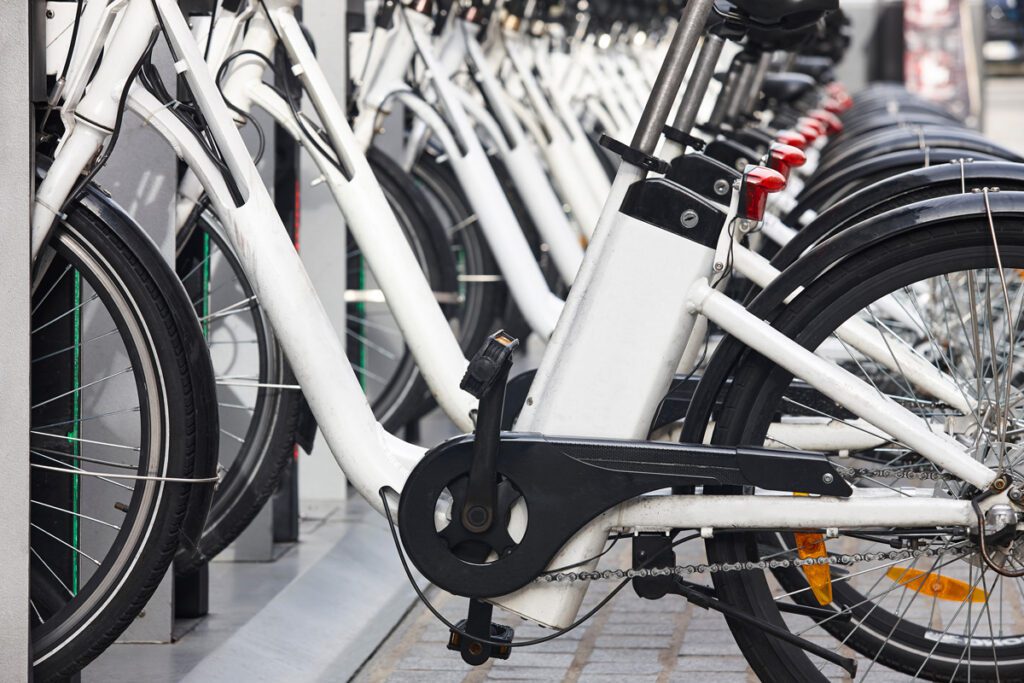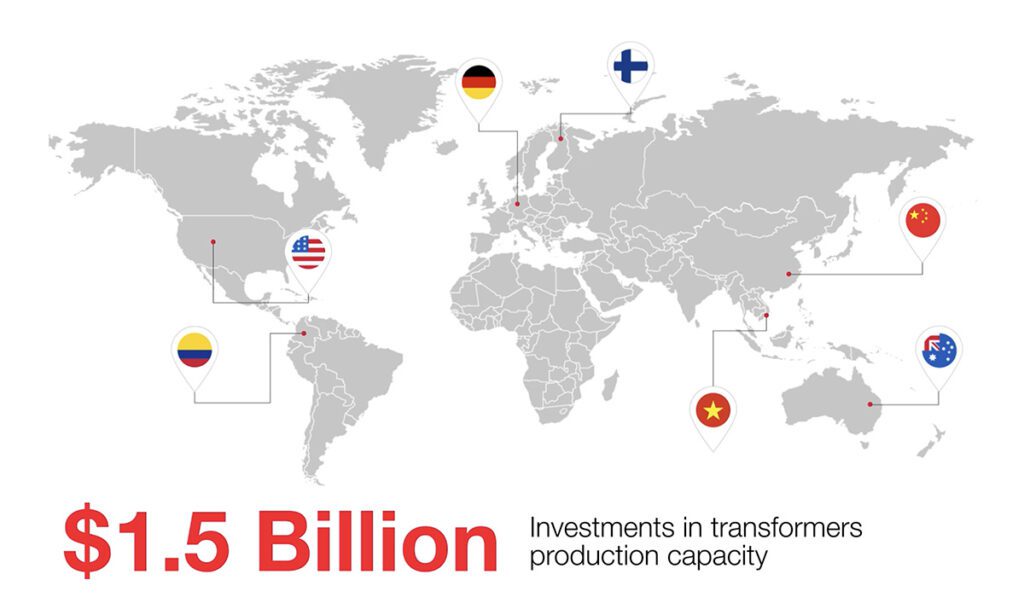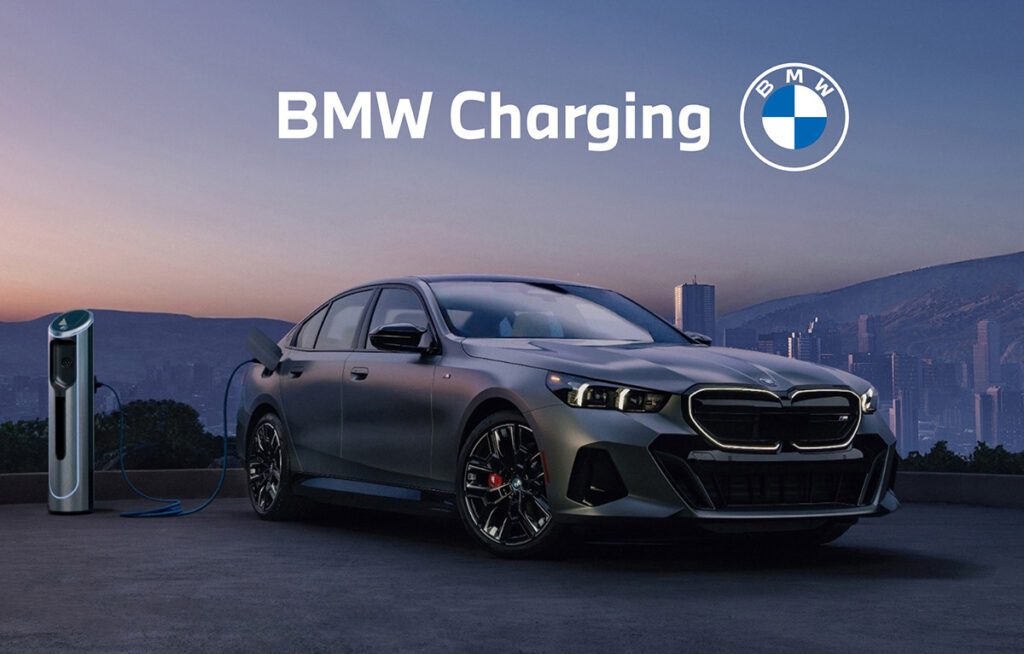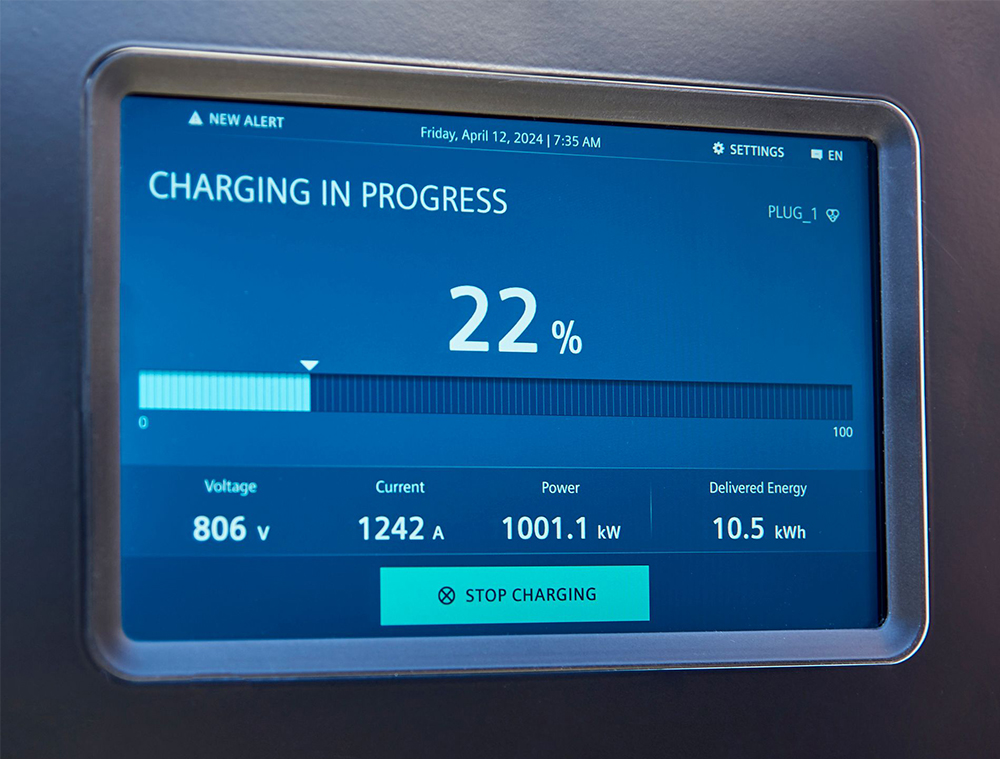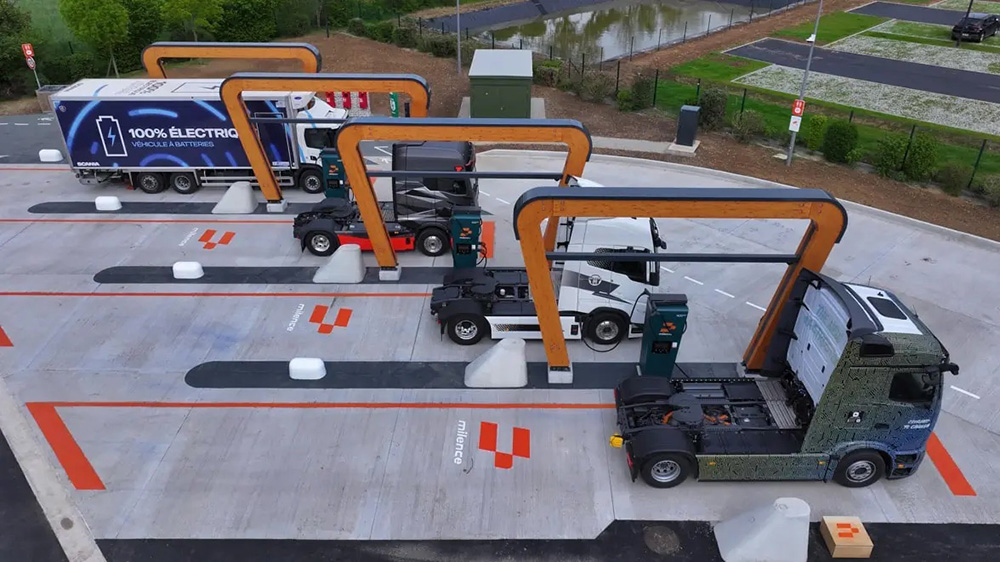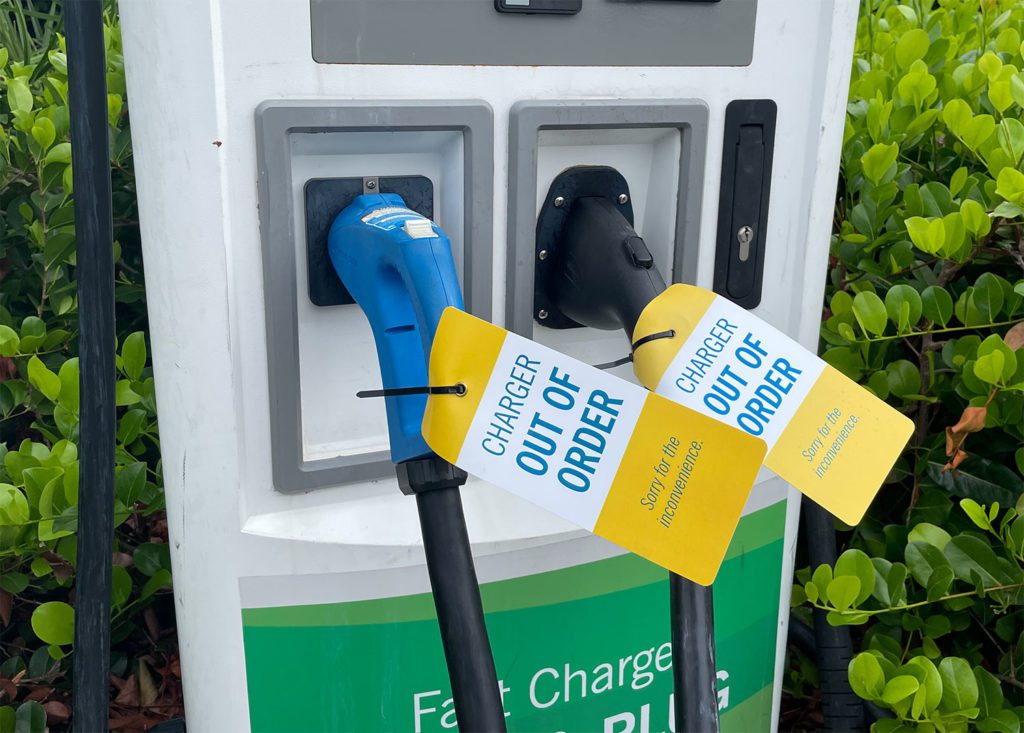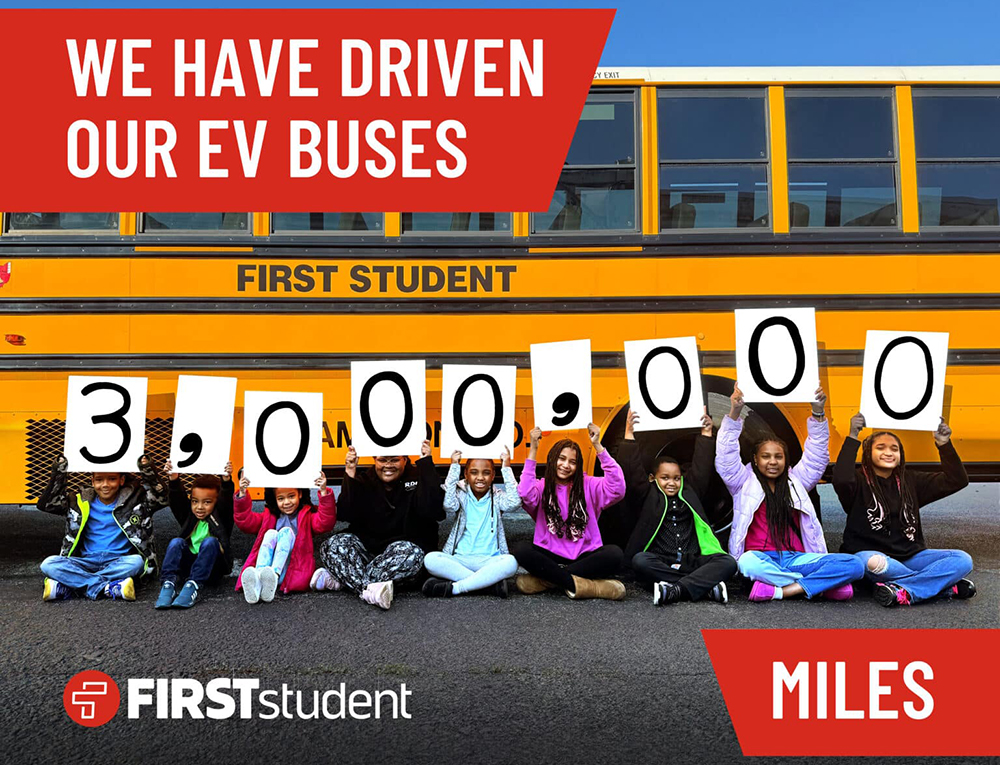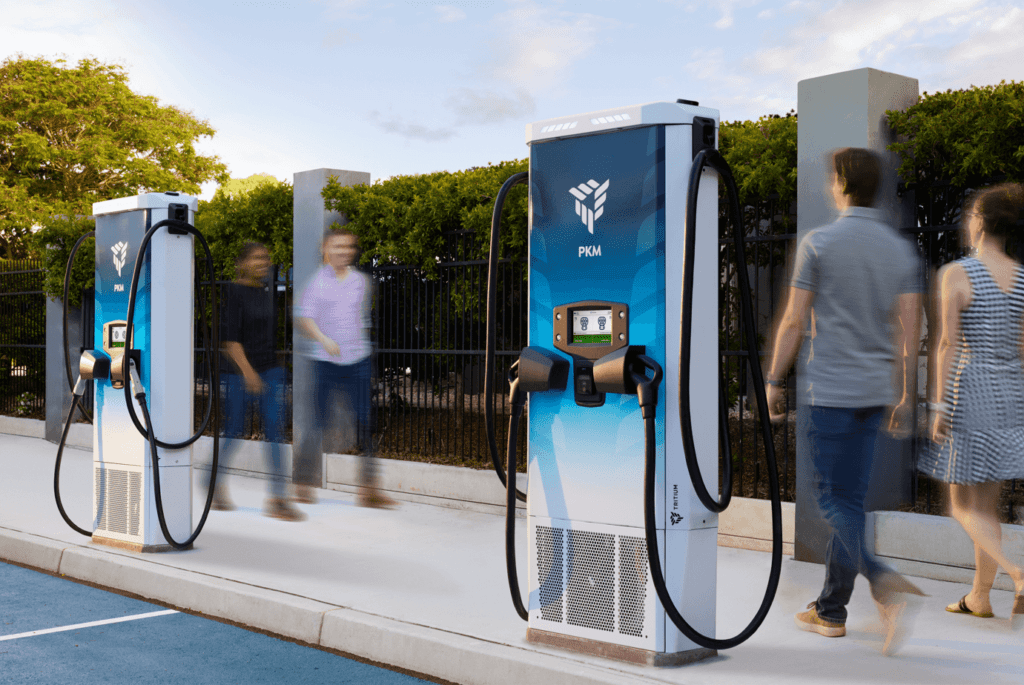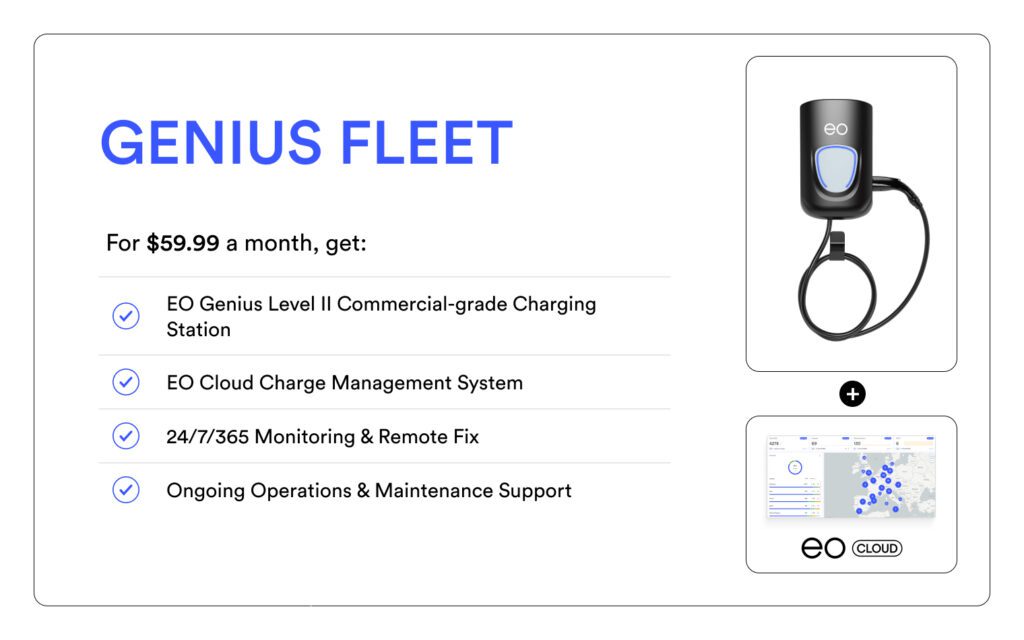Here at Charged, we write a lot about commercial EV fleets, and one topic that’s continually coming up is how getting utility service to a charging depot can be a big bottleneck.
Peter Westlake is the Manager of New Products and Services at the Orlando Utilities Commission, and he oversees the utility’s extensive electrification efforts. In a recent interview, he stressed how important it is for fleet operators to start talking to their local utilities very early in the game.
“A traditional fleet is not a key account for a utility—not much of a power draw,” Westlake told us. “All of a sudden you electrify it, we’ve got a huge customer. We’re not in the business of talking to fleets on a general basis. We talk to Universal Studios, we talk to the airport, we talk to the hospitals, because they’re large customers, and we’re better attuned with what they’re doing. But EV fleets are new things that are happening. At OUC we are taking steps to rectify this by reaching out to local fleet operators.”
“If you’re going to explore installing EVs that will take your power load over what I’ve got allocated for you right now, I’ve got to upgrade your infrastructure. It might take me one to two years to do that, so the sooner I have a conversation with you…”
Peter Westlake, Orlando Utilities Commission
Fleet operators and utilities are starting to recognize that they need to work together. “You can’t purchase 100 electric vehicles and then ask your local utility to come set up the charging infrastructure quickly,” Westlake explains. “As a result, OUC is trying to reach out proactively and start to address this need before the fleet is purchased. We procured a database that tells us who’s investing in fleet vehicles, and we’re trying to engage them in a conversation. Let’s get ahead of things and start talking about what the true costs are, and let’s talk about the timing. It takes a year to get a transformer. If you’re going to explore installing EVs that will take your power load over what I’ve got allocated for you right now, I’ve got to upgrade your infrastructure. It might take me one to two years to do that, so the sooner I have a conversation with you…”
Fleets tend to start the electrification process with small-scale pilots, and many don’t become aware of the complexities of charging infrastructure until they start scaling up. Westlake is trying to get in touch with fleets at the pilot stage. “When that pilot’s successful (and we know it will be), you’re going to order 100 more of these things and you need to be in lockstep with us planning for that so that we can order the transformer, order the upgrades and get them on the list. So when the cars arrive, you’ve got places to plug them in.”
“We just joined the Trucking Maintenance Council…we attended their conference here in Orlando…a national conference, and only two utilities showed up. So these are two groups that need to get together, and they need to start doing it now.”
Unfortunately, other utilities around the county are not nearly as forward-looking. “We just joined the Trucking Maintenance Council, which is a fleet organization, and we attended their conference here in Orlando. We were one of only two utilities that attended,” says Westlake. “That’s a national conference, and only two utilities showed up. So these are two groups that need to get together, and they need to start doing it now.”
I asked Westlake how long it would take to get a new EV fleet hooked up with—for example—seven megawatts of power. “Well, the answer depends on additional information I would need. What kind of power is already served at the location? Do I have seven megawatts of power capability? I might not have a transformer big enough to be able to dispatch that. At a minimum, if I’m going to upgrade the transformer, it’s probably a year to do that sort of work. If I’ve got to bring power, like a new duct bank or a new primary power source to the location, that could extend the project into two years. If I need to install a new substation, then now we’re talking years. The lead time can be huge in our business, which is why we need to know what your plans are during the pilot stage, not during the transition phase.”




